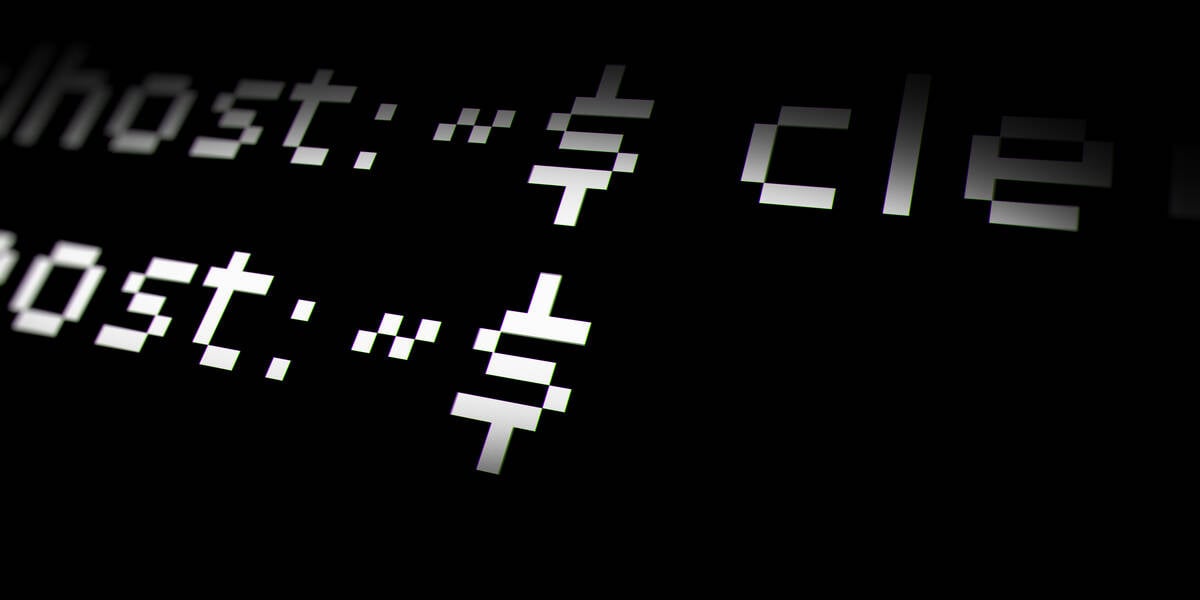
NASA has communicated the names of the contractors chosen to develop the electric flight program for civil use. These are GE Aviation and MagniX, which will receive more than 250 million dollars to create an electric plane before 2035
from “=” author “=” “=” http://schema.org/Person “> Massimiliano Zocchi published 05 October 2021 , at 12:09 in the canal Electric transport
NASA MagniX GE Aviation
There are many companies that are taking an interest in electrification also in the world of aviation , a sector that often or is viewed with distrust, due to technical difficulties and technologies that are not yet mature. The NASA however strongly believes in it, and internal program Integrated Aviation Systems Program (IASP ) also has a division dedicated to electric flight, called Electric Powertrain Flight Demonstration (EPFD), whose purpose is to rapidly develop technologies for the creation of electric aircraft and related engines (Electrified Aircraft Propulsion, EAP).
The idea behind the project is to bring existing technologies to maturity, and which require investment to take a further step forward, making it possible electric civil flights for short or regional routes, at least by 2035 . To achieve this, NASA needed experienced companies in the sector to engage as contractors, and the tender was won by GE Aviation and MagniX .

The MagniX Magni650 motor, already capable of reaching 650 kW of power
GE Aviation, formerly known as General Electric Aircraft Engines, is a subsidiary of General Electric , and one of the leading companies in the US production of engines. Based in Cincinnati, it will receive $ 179 million from NASA.
MagniX recently came to the fore for unveiling its new electric aircraft motors light, i Magni350 and Magni650 , respectively with powers of 350 kW and 650 kW. Its headquarters are in Redmond, and will receive $ 74.3 million from the federal agency.
Over a five-year cycle, the two companies will have to go through operational tests, both on the ground and in flight, to demonstrate the applicability of the EAPs for commercial flights. During this time they will collaborate with other NASA divisions engaged in the same field, such as those dealing with flight instrumentation and data analysis. The final aim is to arrive at the project of propulsion units, including systems and technology, in the scale of megawatts .
You can also find out more visit the NASA website dedicated to IASP and EPFD.
Note: This article have been indexed to our site. We do not claim legitimacy, ownership or copyright of any of the content above. To see the article at original source Click Here













